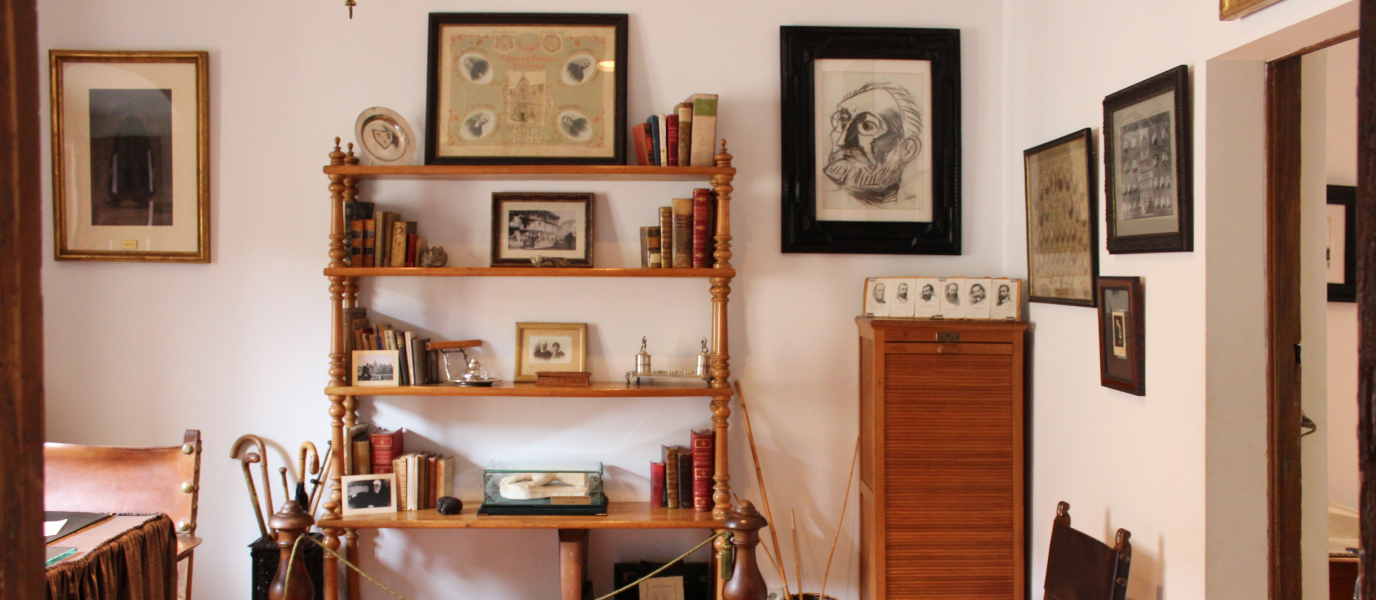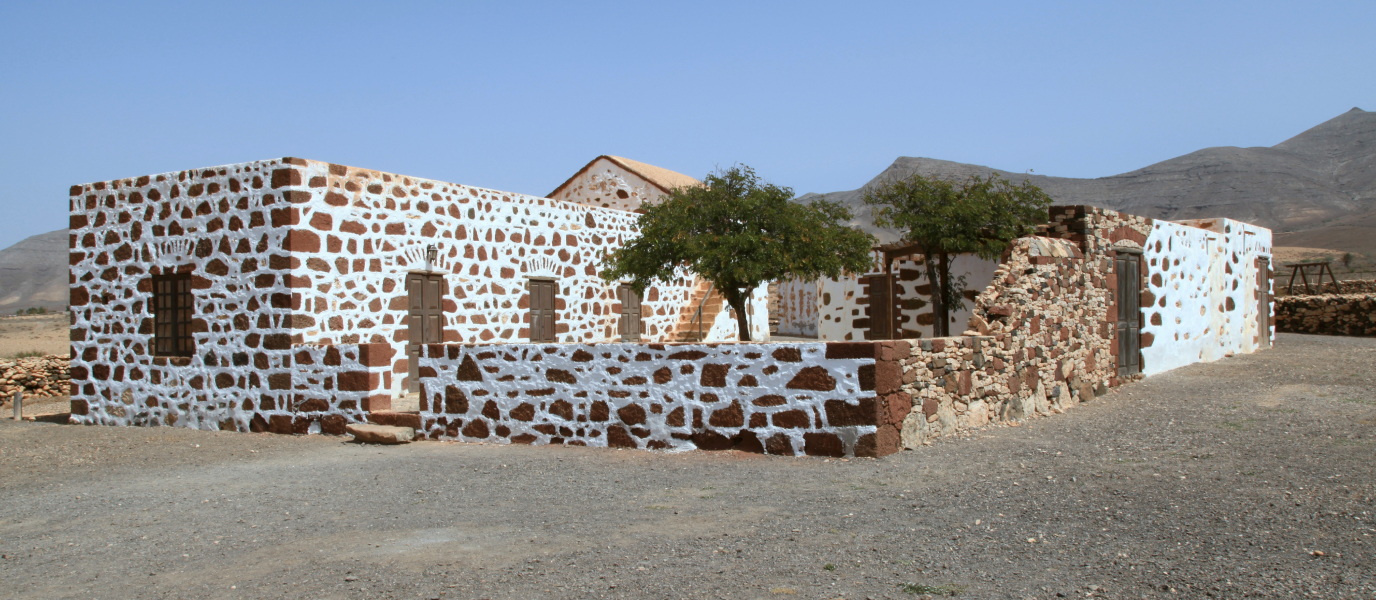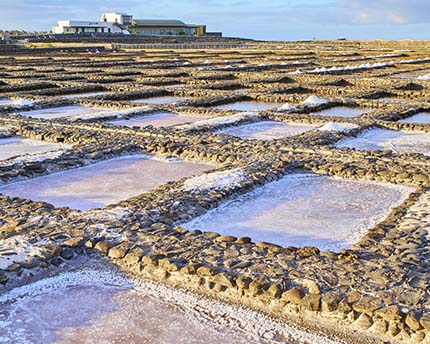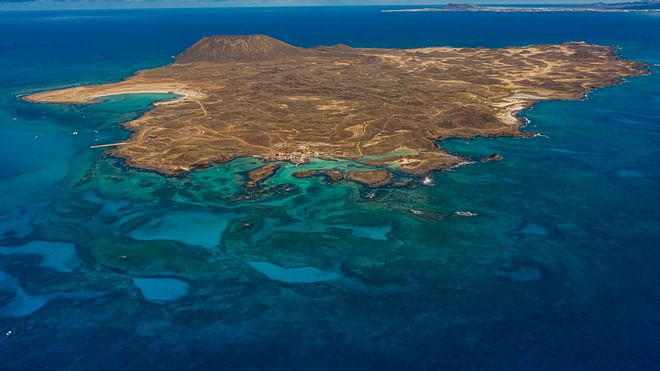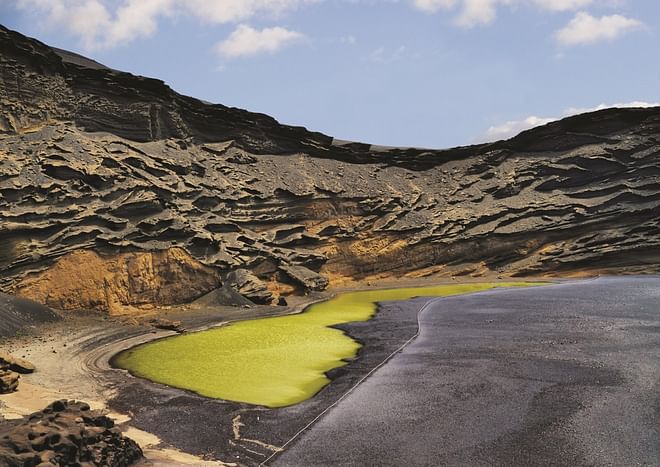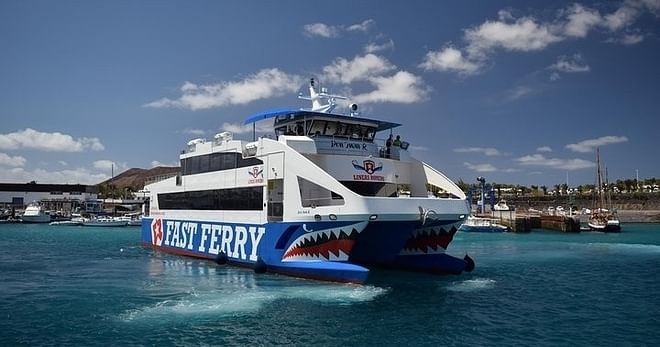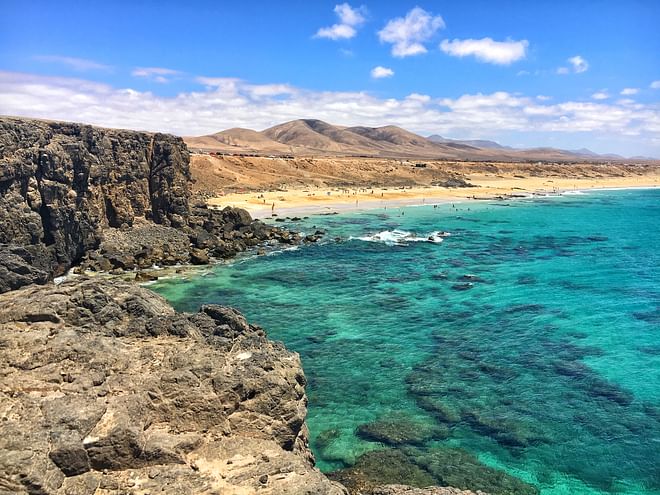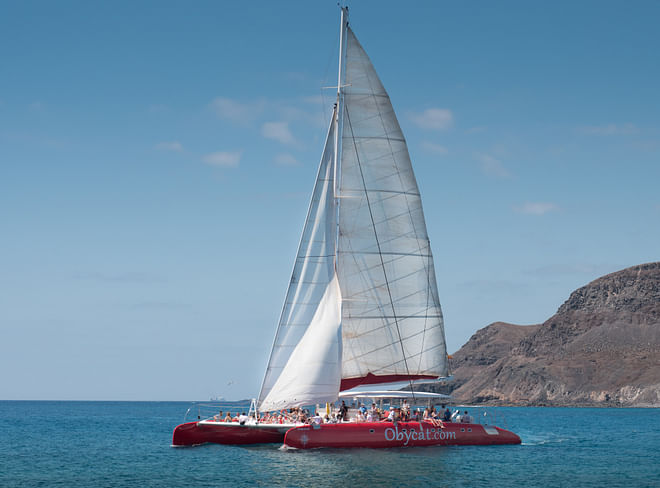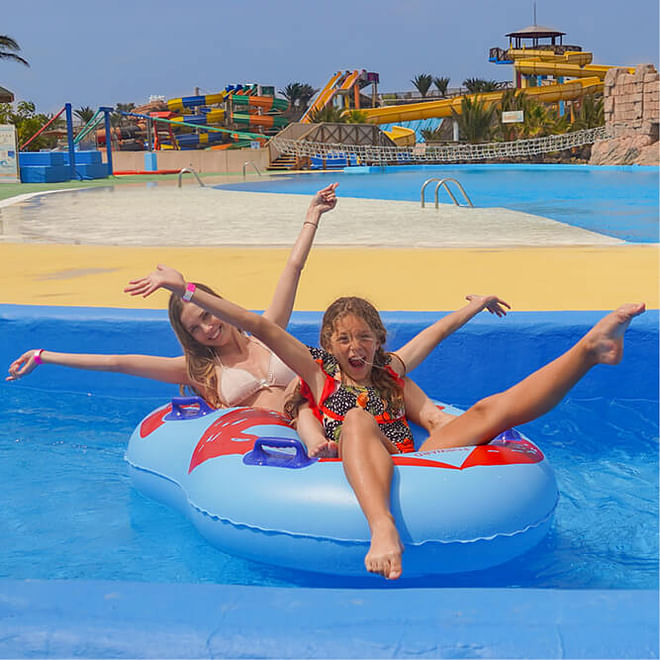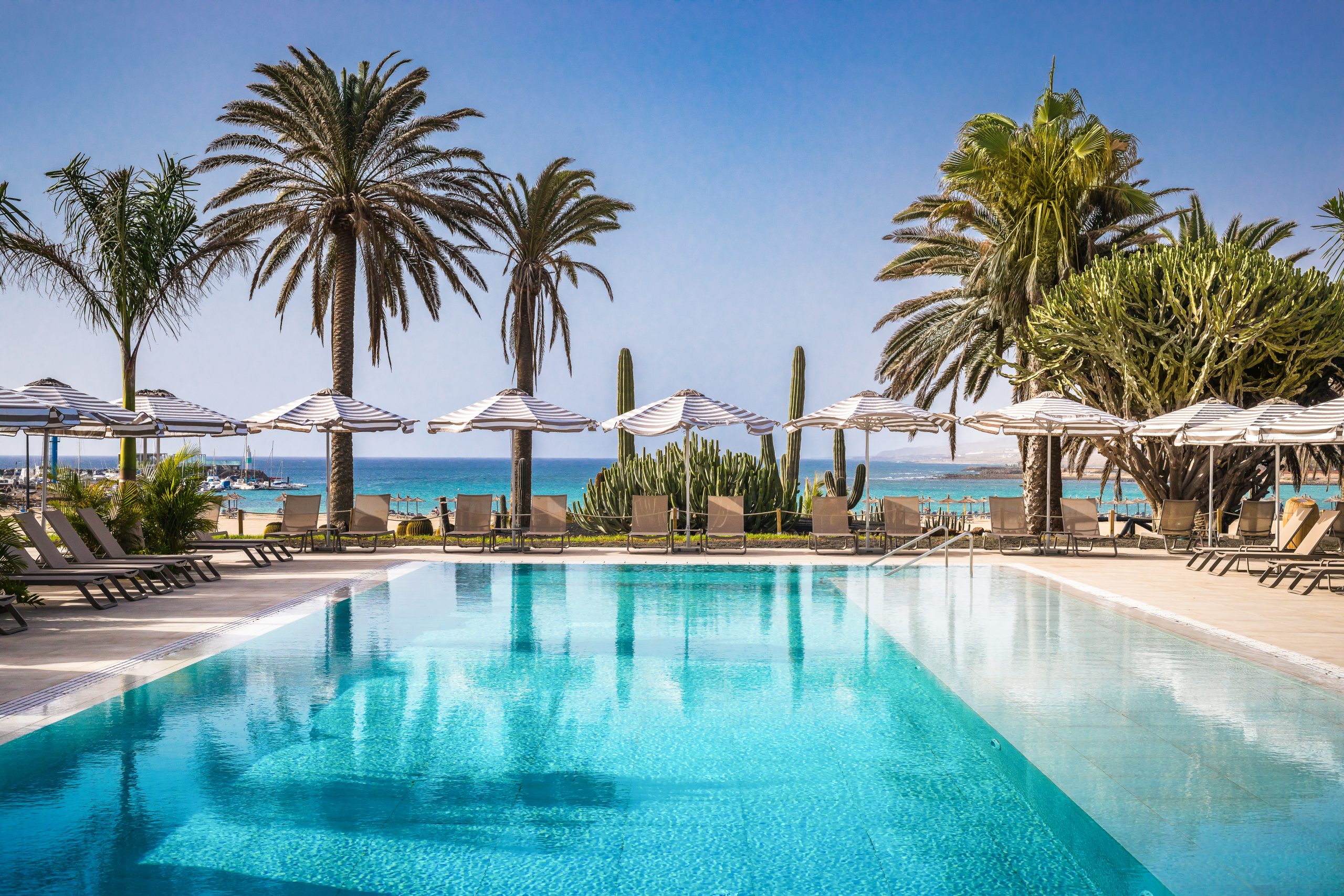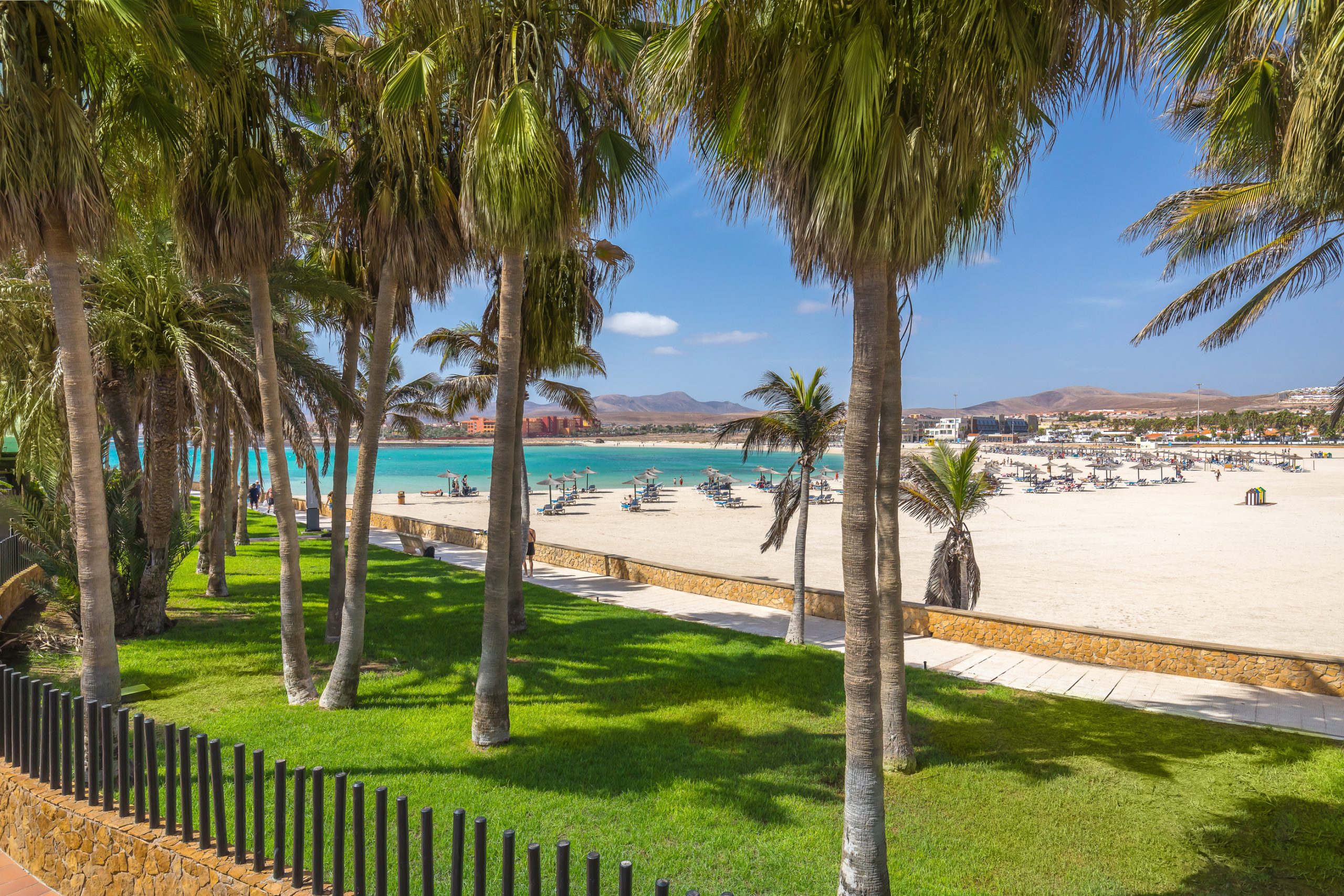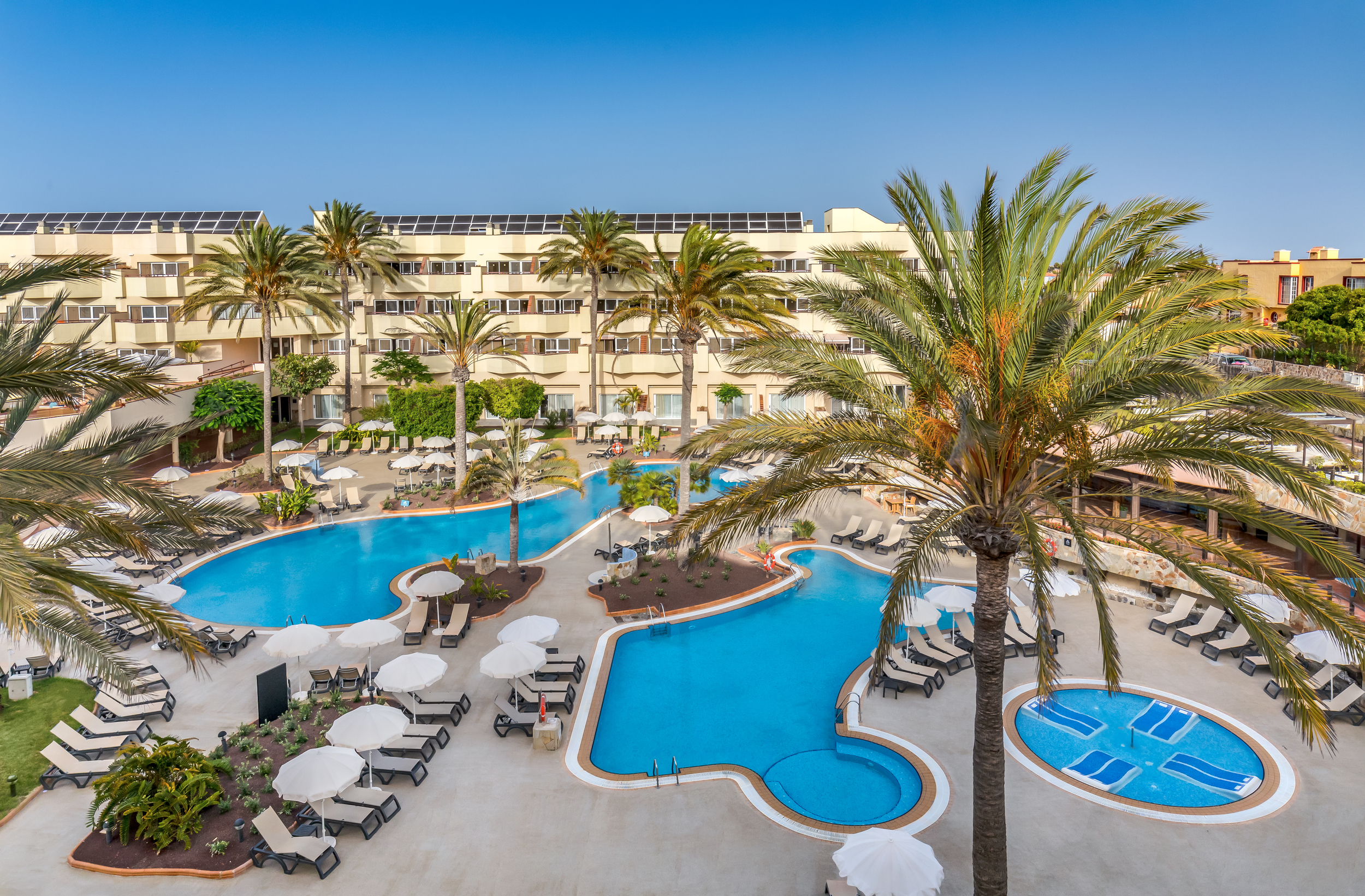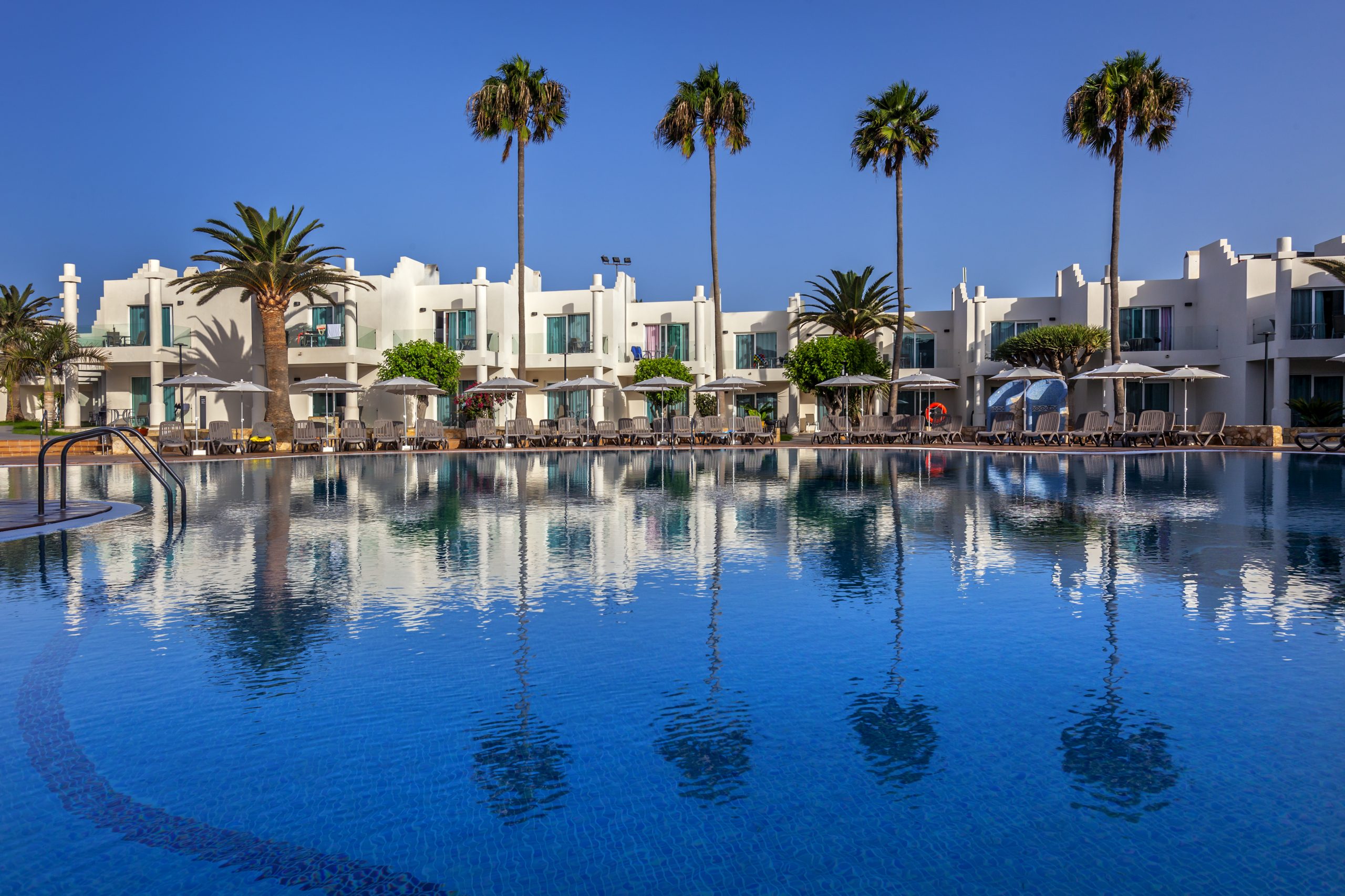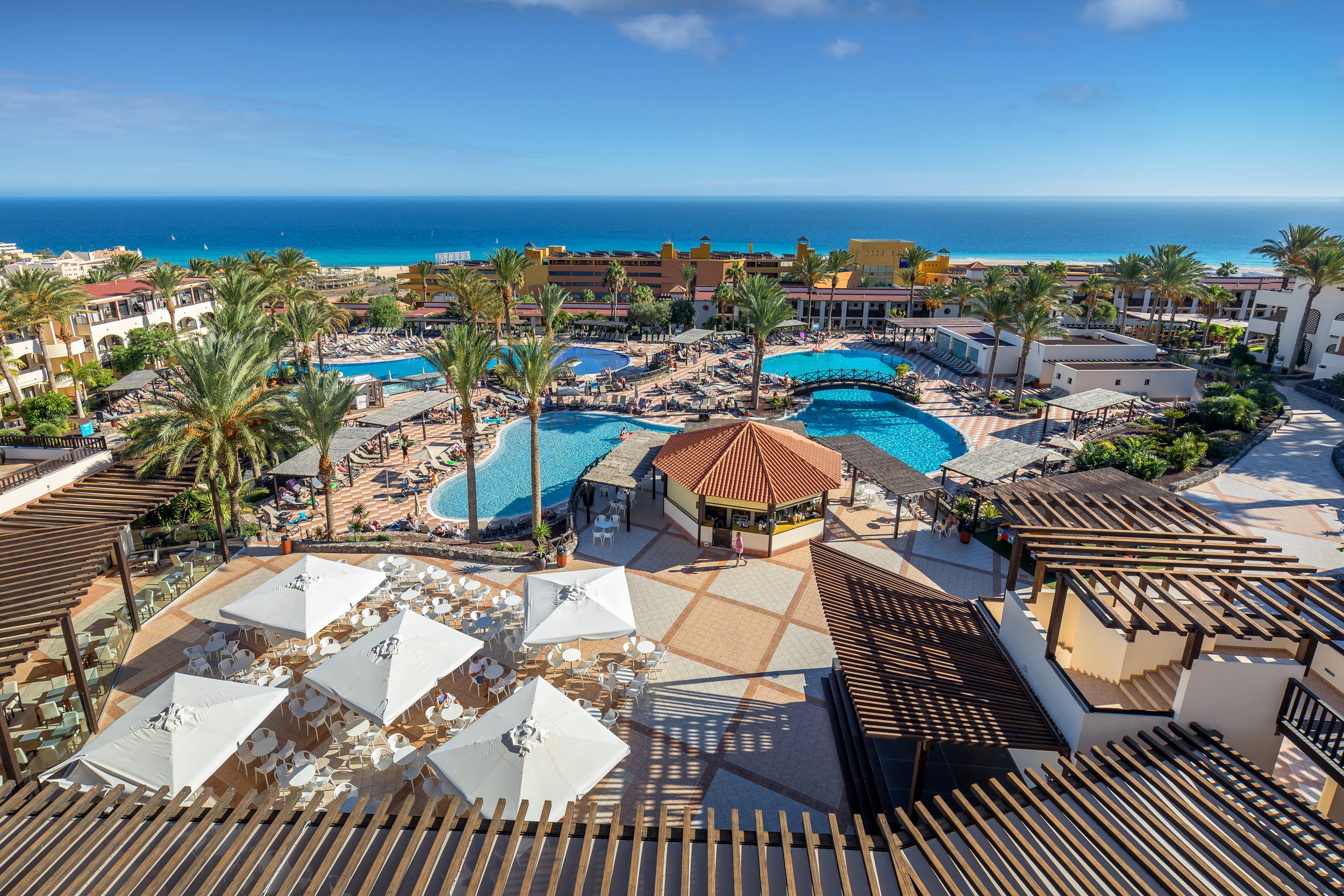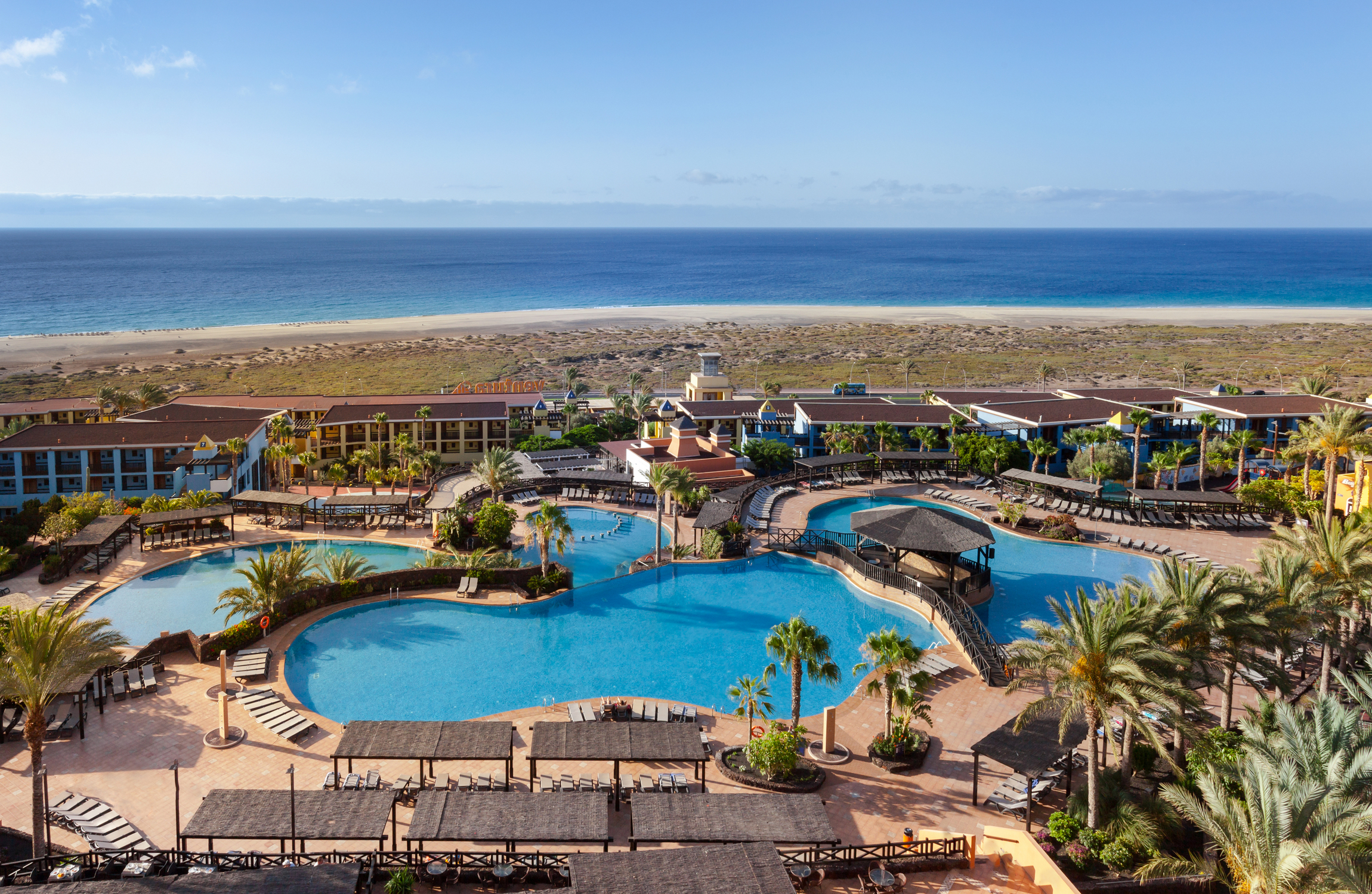Fuerteventura has not forgotten one of its most illustrious exiles, Miguel de Unamuno, no doubt because he was one of the first to endorse the beauty of the Canary Island, calling it ‘Fuerteventura the beautiful’. For that reason, a house-museum is dedicated to him in the former Hotel Fuerteventura, which the writer from the Generation of ‘98 arrived at in 1924. He came exiled for denouncing Spain’s terrible political situation at the time, at the order of General Primo de Rivera who commanded the rector of the University of Salamanca go to the ‘barren’ Canary Island, as far out of his sight as possible. He stayed from 28 February, 1924, for four months until 9 July of the same year, when he was eventually reprieved. However, he did not wish to be subjected to the dictator’s orders and continued his voluntary exile in Paris, and later on in Hendaye, until 1930 when the Primo de Rivera regime fell and the writer was able to return to his native Salamanca, where he was received amid cheers.
Miguel de Unamuno: a visit to his home in Fuerteventura
The Miguel de Unamuno House-Museum is situated in a traditional house in the town of Puerto del Rosario, which was known as Puerto Cabras in the writer’s lifetime. It is located in the city centre, close to the Council of Fuerteventura and next to the church of Nuestra Señora del Rosario. From the building the writer forged solid friendships with majoreros (how the people of Fuerteventura are referred to), and photographs of some of his greatest friends are even on display. One of the people that he most connected with was Ramón Castañeyra, to whom he dedicated his famous poetic work From Fuerteventura to Paris.
The bed and desk of Miguel de Unamuno
Before entering the Miguel de Unamuno House-Museum, an almost life-size bronze sculpture of the philosopher created by Emiliano Hernández welcomes you. Once inside, visitors can walk through the rooms used by the author of Niebla: his bedroom, with his bed and chamber pot, his study, where he transformed his emotions into immortal words, and the kitchen and living room, whose original curtains, paintings and furniture, among others, have been preserved. The Unamuno House-Museum is built in the same style as Canarian domestic architecture from the time and also consists of a hallway leading to the house and a central courtyard with a cistern for storing rain water. What’s more, the walls are decorated with texts that Unamuno dedicated to Fuerteventura.
The Unamuno House-Museum has existed as such since May 1995, 12 years after the property was acquired by the Island Council of Fuerteventura. One of the aims of the museum is to promote the work that Miguel de Unamuno produced while in Fuerteventura—most of it dedicated to the island—such as priceless texts on the islands topography, its fauna and flora and, above all, the ocean. It is known that the philosopher and professor toured some of the island’s villages, such as Betancuria, Pájara, Tindaya, and Antigua, usually by car, but sometimes by camel or donkey. He was also fascinated by the ruins of the convent of the Franciscans, the first convent to be built in the Canary Islands in 1416.
The Unamuno House-Museum on the ‘windy island’
It is also said that Unamuno dedicated a great amount of time to gathering place names from the aboriginals and enjoying the typical Fuerteventura cuisine, especially cheese, gofio (a Canarian flour made from roasted grains) and comber fish. But what is certain is that he took unforgettable memories of his time in Fuerteventura away with him. And if you don’t believe us, just read the following lines that he wrote: ‘…that blessed rocky island of Fuerteventura, where I have lived with you, the noble majoreros, and with the God of our Spain, the most endearing and most fruitful days of my life fighting for the truth’.
Miguel de Unamuno liked to walk around Fuerteventura wearing espadrilles and he is said to have been the island’s first nudist. Apparently, it was him who coined the term fuerteventuroso, or fuerteventurous, a play on words. Some even claim that he would play skipping with the little girls while reciting the times tables. What is for sure, however, is that the love affair that arose between Fuerteventura and the Salamanca-born writer has been immortalised in his writings, as well as in a film directed by Miguel Manchón: La isla del viento [The Windy Island].
Unamuno: beaches and fishing
Unamuno also liked to go fishing with Hormiga, a fisherman who he made friends with, to take walks to Playa Blanca beach, and to enjoy the ocean, so much so that he wrote with reference to the sea, which was feminine to him: ‘I have come to a mystical communion with her, in which I have soaked up her soul and her doctrine’.
Unamuno was content on the island now declared a UNESCO Biosphere Reserve and he also felt that he was indebted to it. He arrived on the island with hardly any clothes or money and only three books: Canti by Leopardi, the Divine Comedy and the Old Testament, and left thrilled by how he was treated. In a letter he wrote: ‘This island concerns me a lot, what I have to do to pay my debt of gratitude deeply concerns me. What I have to write about it in a piece that I hope will be one of my most enduring is not enough’.
Miguel de Unamuno and Fuerteventura: a sad farewell
When Unamuno left Fuerteventura for Paris on 9 July, 1924, Fuerteventuran society felt the loss deeply, and the writer even left his lamentation in words: ‘I left that rock in tears’.
From the French capital, the Salamanca-born intellectual continued to write to his great friend Ramón Castañeyra for 12 years. And, among many other things, he said: ‘Fuerteventura has accompanied me to Paris, it is here in Paris where I have taken in Fuerteventura, and with it, the most intimate, the most involved side of Spain, which the blessed Fuerteventurous island symbolises and summarises… all that remains is for me to send you from across the Atlantic a long and deep embrace and, through you, to embrace all my friends’.
With all this in mind, if you would like to see for yourselves the relationship that the writer had with the island of Fuerteventura, be sure to visit the Miguel de Unamuno House-Museum.




































































